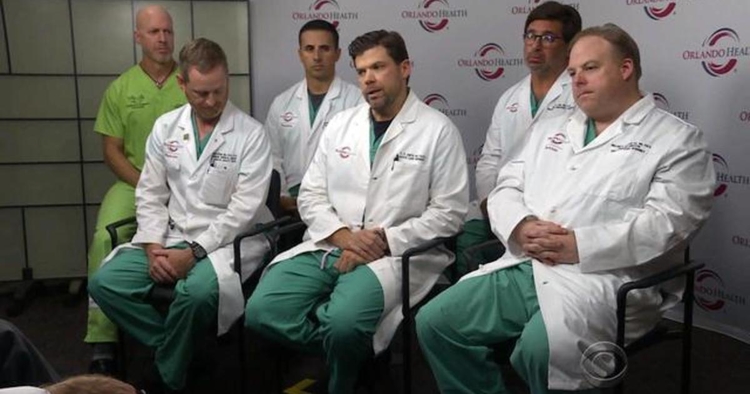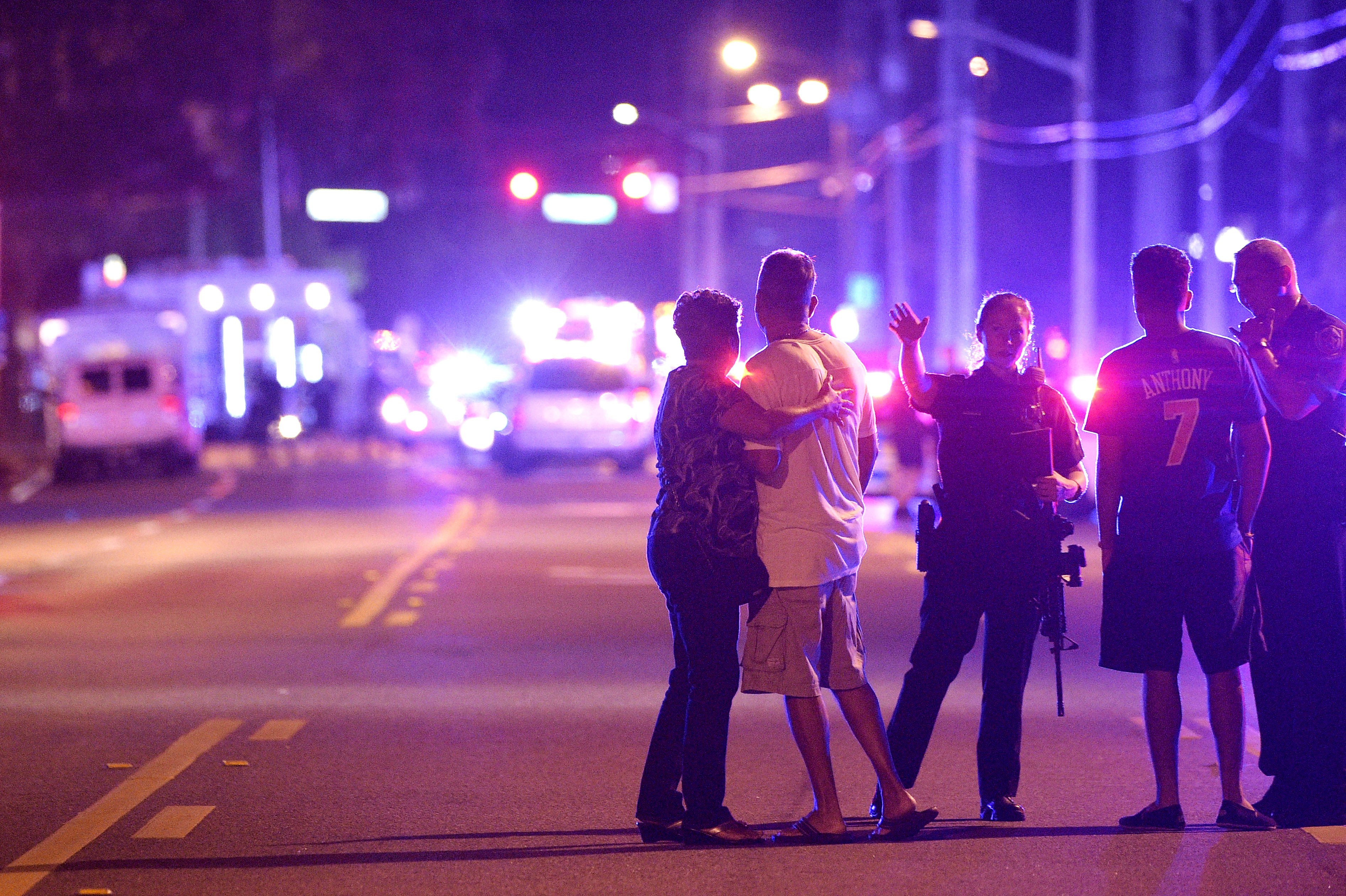
Orlando shooting-surgeons’ accounts grim, with 44 gunshot victims in a single night

The night of the Orlando massacre
On Monday(June 13), Scott Pelly, the anchor of the American television show CBS Evening News spoke to six surgeons of the Orlando Regional Medical Center who saved lives on the fateful night when an assailant opened fire on an LGBT nightclub in Orlando. The death toll is 50 with many seriously injured.
The surgeons’ accounts, predictably enough don’t make for easy listening. The six surgeons though did a commendable job in saving lives when they had to see 44 gunshot patients all practically in the same time.
Ironically enough, the Center practiced an active shooter mass casualty drill just three months ago- something that might also have been a contributing factor for the efficacy of the medical personnel.
An endless flow of patients, multitude of wounds
Chadwick Smith, one of the surgeons describes how patient after patient was brought into the trauma center, meanwhile they were told that a possible twenty more gunshot victims were coming in. It was at that point that Smith called his backup. And the chaos which ensued was unavoidable-with patients in pain and crying and the hospital staff that was extremely busy though task-oriented.
Michael Cheatham, another surgeon said how there were a multitude of gunshot wounds-on the chest, on the abdomen, to the extremities. Since the weapon used was military grade, the bullets had higher energy and more speed, which contributed to more tissue injury-something that made most of the wounds fairly severe.
Another surgeon in the group was William Havron. He spoke about the person who was in need of multiple operations within a 24 hour period due to an ongoing bleeding . The patient was operated on twice in the operating room and, he adds, once in the ICU. They were able to save the patient’s life. Havron also said that all the cases of that night would stick to one’s mind, adding how he doesn’t think any of the surgeons would ever forget it.
Responding to Pelley’s question about whether the gunshot wounds differed from the type they usually see, Cheatham replied in the affirmative. He said how the wounds differed from what they used to call civilian gunshot wounds(wounds caused by slower and smaller bullets). However, he added that gunshot wounds from high-velocity military-type weapons are becoming increasingly common. So, they do see these type of injuries in the course of their daily job.
Chandwick Smith gave a brief description of the patients’ state when he mentioned how some were crying while others were in a confused mindset. Then, there were the more critical patients who weren’t obviously saying anything. He added how many of them asked about the whereabouts of their friends and loved ones.
Literally hundreds of family members were in the hospital lobby, eager to know the state of their loved ones. Cheatham says how poignant it was to see them, in despair, unsure for hours on end whether their loved ones were in the hospital or still trapped in the club.
Smith probably spoke for everyone when he said how it was a humbling experience and he was proud to be there to help on the night of the tragedy.
Image credits: cbsnews